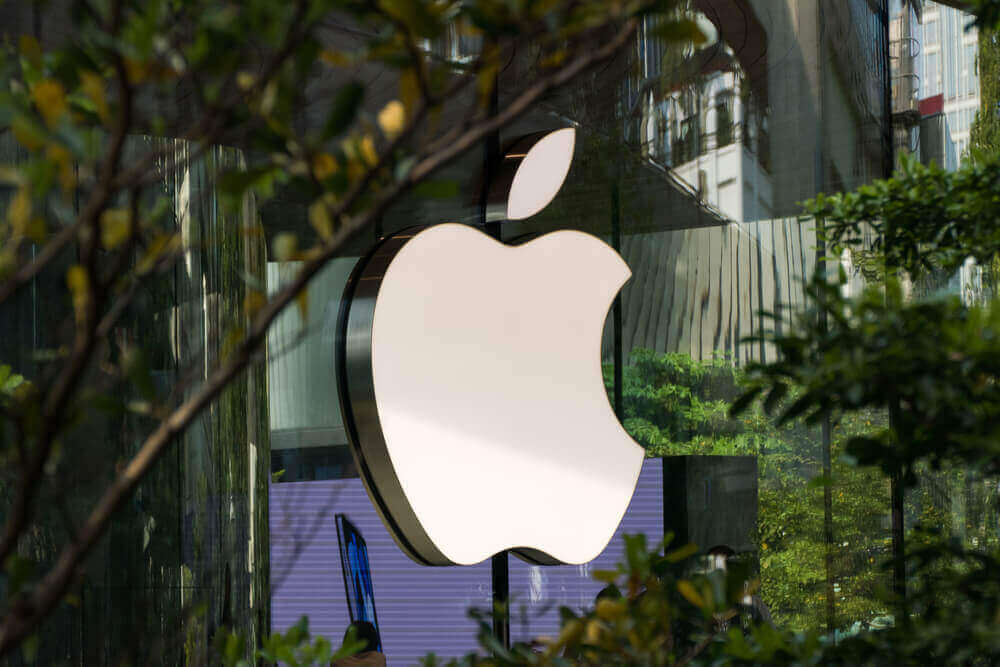Apple updated its App Store’s pricing capabilities to provide developers worldwide with more flexible options.
Under the new system, creators will gain access to a new tool that will make it easier to set prices per country or region.
Furthermore, Apple would provide developers 600 new price points and access to another 100 upon request.
Moreover, they would be able to use local storefronts as a basis to generate prices automatically.
Additionally, prices could be set as low as $0.29, which could go up to $10,000.00. Before this, Apple offered a range from $0.99 to $999.99.
Meanwhile, those who distribute their apps worldwide would have a global equalization tool that could manage international market pricing.
On December 06, Apple implemented the updates for subscription-based apps, but they would be available for the others in 2023.
According to the iPhone maker, the changes will be implemented periodically based on the movements of exchange rates and taxes.
Before this, Apple agreed to expand its App Store pricing options as part of the settlement for a class-action lawsuit.
Furthermore, the tech firm still faces pressures and criticisms from various regulators worldwide.
On top of that, the EU’s new legislation will force Apple to open up its product’s operating system to other app stores and payment options in 2023.
CEO of Apple to Use US-made Chips
Apple CEO Tim Cook announced they would use the chips created in the new Arizona factories, which are owned and will be operated by Taiwan Semiconductor Manufacturing Company.
Before this, TSMC mainly produces chips for Apple in its facilities in Taiwan.
Nevertheless, it will soon be able to manufacture its products on US soil once the factories become operational.
Accordingly, the semiconductor maker would spend $40.00 billion for two plants while the US government would partially subsidize the construction cost.
Consequently, these two workshops are expected to operate by 2024 and 2026.
When combined, they are expected to produce 600,000 wafer units per year.
Moreover, the two will be capable of creating the microchips used to build advanced processors.
However, it will start by manufacturing small quantities of chips in the early days of its operation.











